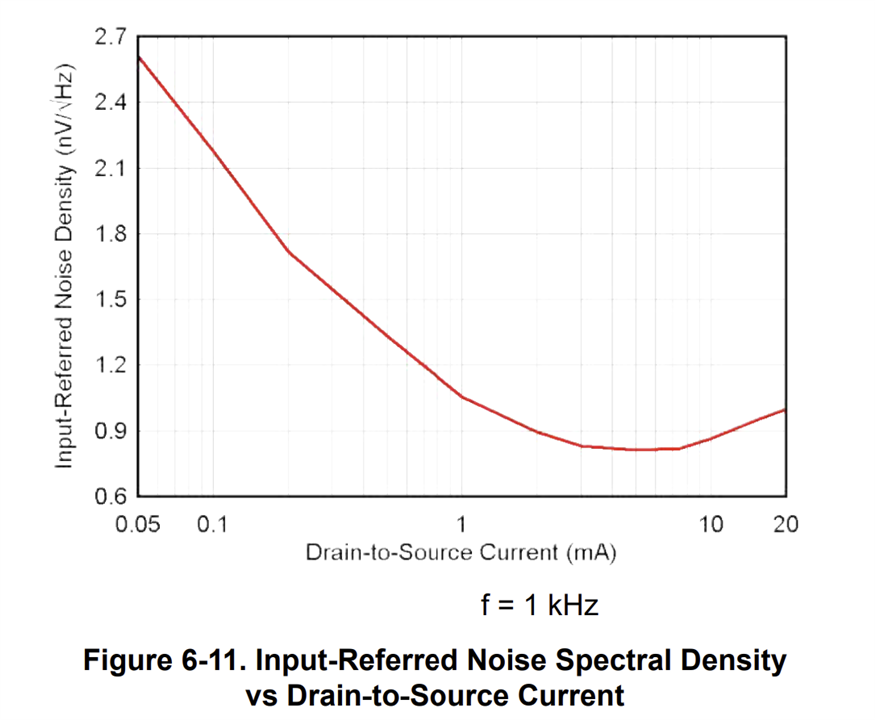Other Parts Discussed in Thread: JFE150, OPA1656
Tool/software:
We've considered the TIDU765 reference design & trying to adapt the circuit as per the microphone specification. The microphone that's readily available(CB Cobra microphone) for our configuration is having less sensivity(-66dB) compared to the reference mic(-35dB) that's been considered in the reference design.
Also, I've increased the maximum SPL from 100dB of reference design to 135dB because this is the max. human sound.
The final values are largely deviating from the reference design so I'm worried whether I'm making any mistakes so seeking your help. I've attached the calculation document where it has 2 vertical sections. 1-> Reference calculation to compare 2-> Calculation w.r.t our configuration. Microphone_PreAMP_Components_Calculation.pdf
Actually, the reference design has already been implemented in one of our project where we're facing 2 issues: 1. Clicking noise while switching on the microphone 2. Idle humming noise. So don't wanna take risk with implementing random reference values.






